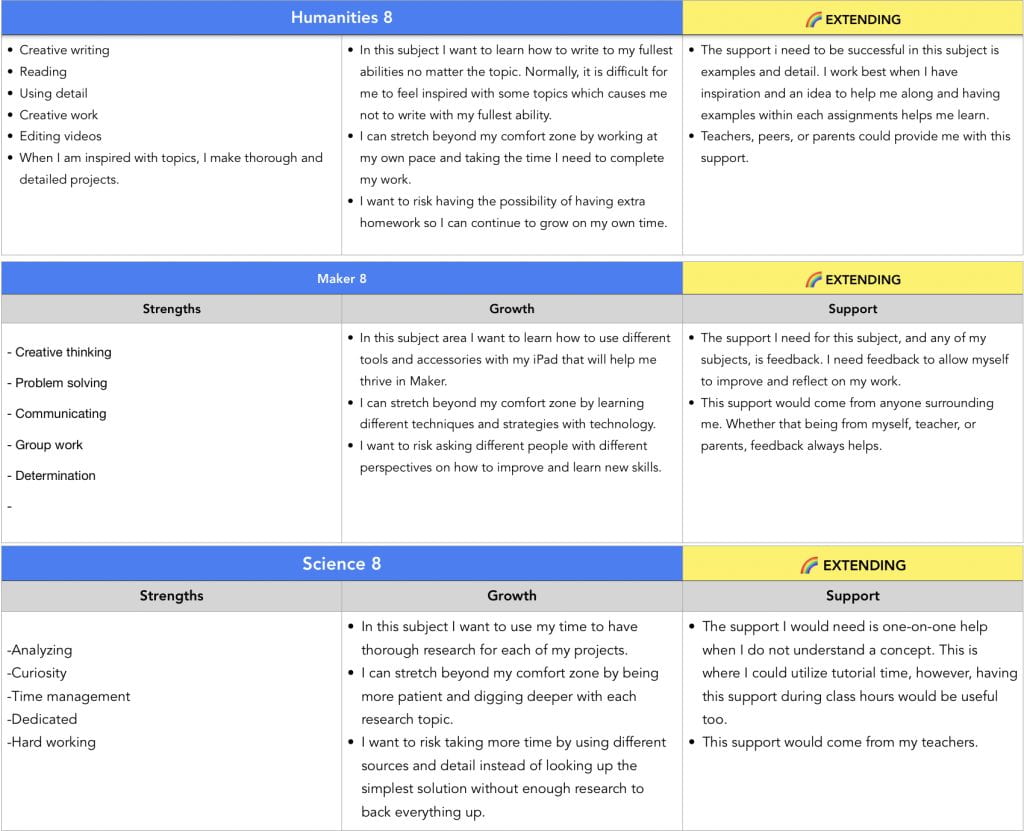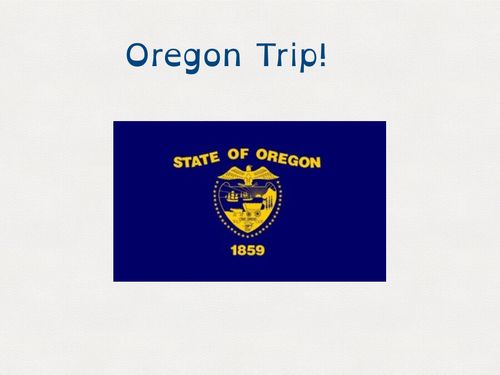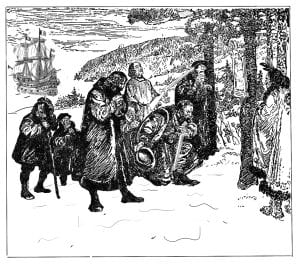Thank you for coming to my presentation of learning. I am the expert on my own learning. I am also responsible and accountable for my own learning. You can expect me to give an honest evaluation of my progress. We will discuss my strengths and opportunities for growth. Thank you in advance for listening and for offering feedback that I can use to improve as a learner.
As this being my first year of High school and PLP I have overcome so many new obstacles I never thought I would have even encountered. Since the Becoming a PLP Learner post to our last project, the 2023 Spring Exhibition, I have not stopped learning.
Let’s start off by reviewing my learning plan that I created during the first week of PLP, then we will begin to reflect my growth this year, leading to the driving question; Why do you feel you are ready to advance to the next grade level?

Humanities 📝
When I first made my learning plan I set my humanities goal as Accomplished ☀️, but then mid-late way through semester 1, after we had finished the Middle Ages project Ms. Madsen (my humanities teacher at the time) suggested I adjust my humanities goal to an exceeding 🌈. That made me proud, however I was jinxed because ever since I adjusted my goal to the rainbow I stopped getting rainbows and was consistently receiving sunshines. Despite the sudden change of marks I am still happy with most of my work.
However my least proud humanities work this year has to be the Consequences of Colonization project. For my humanities learning plan goal I mentioned that even if I am not the most interested/inspired by an assignment I still should push through, as I tend to lose focus and effort if I am not completely invested. During the Consequences of Colonization project I definitely did minimal effort, and failed my learning plan goal.
I did make up for my lack of efforts with the Trip to Oregon work we were assigned. I am very proud to say that during our Oregon trip I stayed on track and used my time very wisely to remain timely with my Oregon Journal. This me made me very happy 😊.
How I stayed organized with my Oregon journal:
- Filled out pages on the bus while travelling from place to place (even if it was a 5 minute drive I made the most of it)
- Didn’t allow myself to procrastinate
during the consequences of colonization I defiantly did not stay as organized.
Maker 💻
Maker was just during the 1st semester and was fairly easy. I finished almost every maker assignment with rainbows and we learned how to use our iPads in different ways. I grew so much new knowledge and learned awesome techniques that I can use to improve my work. To help showcase my maker learning we made a project: Making Interesting Images. This project was fun to put together and really helped organize my maker learning. Overall I am happy with how I did in maker. One of my maker learning plan goals was to learn how to use more tools and techniques with my iPad and I did just that.
Science 🧬
Science first began in semester 2 and was filled with many fun projects! The class learned all about how our immune system (Small But Mighty), how different environments and factors can affect atoms (Mind Over Matter), and our latest project about continental drift (Journey to the Centre of the Earth). Within each project we had the opportunity to do fun experiments making the class very interesting. The project I struggled the most with in science was definitely keystone three of Mind Over Matter. Everyone was asked to use Scratch (a website that helps you code your own video game) to create their own video game based on what we have learned from the Mind Over Matter project project. Making the video game was very tough for me and it took me a while to get the hang of coding my own game. In the end I did make it through and I created an atom themed trivia game. Now I kinda know how to code!

Small but Mighty poster (by Annie and me)
To answer the driving question, yes I am ready for grade 9. This past year I have reached many of my goals but most of all I have failed! within each subject I have failed multiple which has only made me a more persistent and successful learner. I am excited for what grade 9 will bring me!







